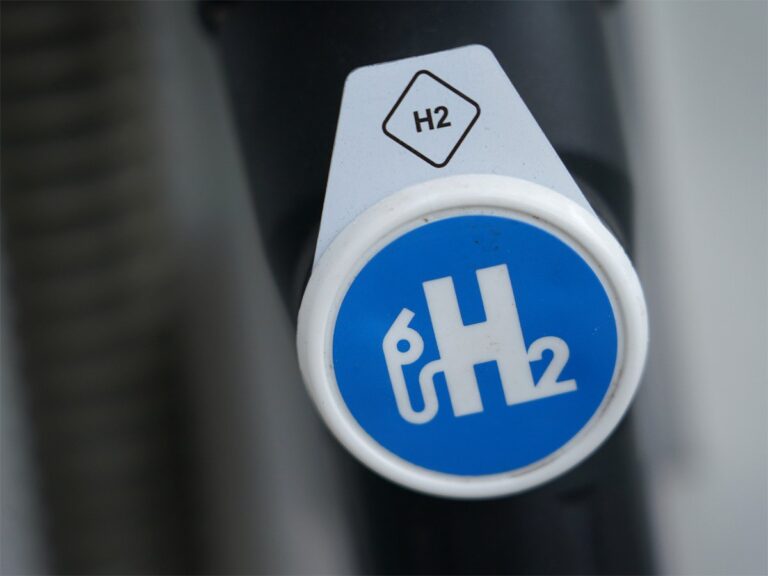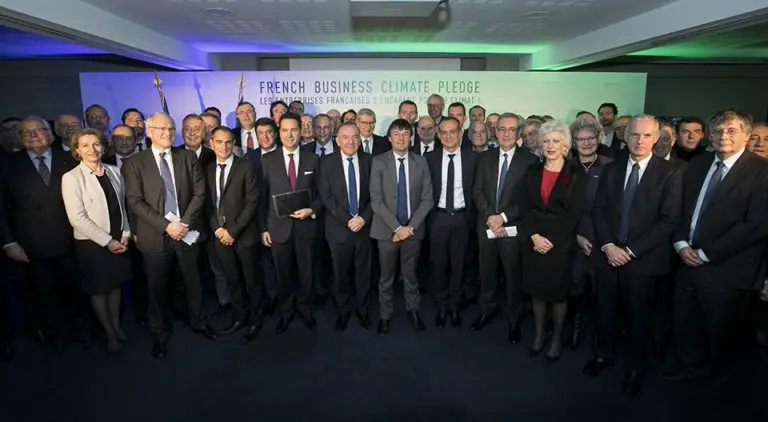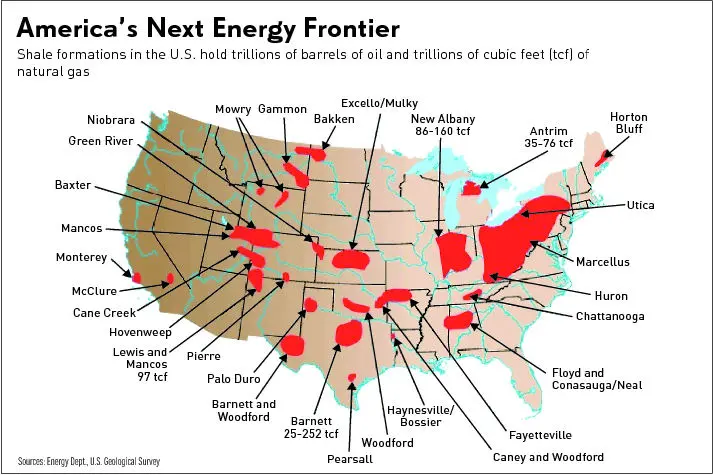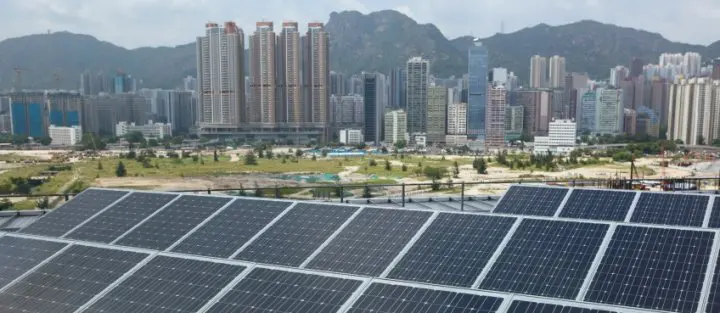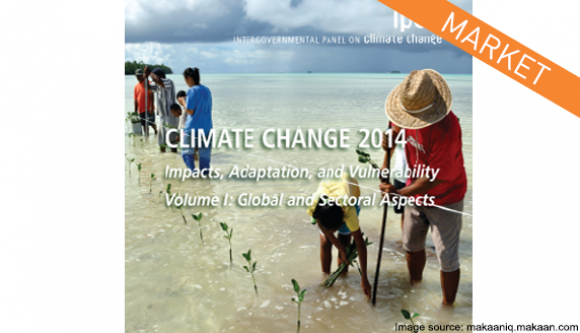 The United Nations Intergovernmental Panel on Climate Change’s latest report, which explores ways to cut carbon emissions, put the world on notice. Despite efforts in the United States, Europe and developing countries such as China to ramp up energy efficiency and renewable energy, global carbon emissions have been increasing at a much faster clip than they were just a few decades ago. To avoid the worst of the worst, IPCC scientists say emissions will have to be reduced 40 percent to 70 percent by 2050 and warn that we only have a 15-year window to reverse course.
The United Nations Intergovernmental Panel on Climate Change’s latest report, which explores ways to cut carbon emissions, put the world on notice. Despite efforts in the United States, Europe and developing countries such as China to ramp up energy efficiency and renewable energy, global carbon emissions have been increasing at a much faster clip than they were just a few decades ago. To avoid the worst of the worst, IPCC scientists say emissions will have to be reduced 40 percent to 70 percent by 2050 and warn that we only have a 15-year window to reverse course.
“We cannot afford to lose another decade,” said Ottmar Edenhofer, a German economist who co-chaired the committee that wrote the report. “If we lose another decade, it becomes extremely costly to achieve climate stabilization.”
As Edenhofer points out, the cost of doing nothing likely would dwarf whatever we might spend today to address climate change. That said, it makes the most sense to replace fossil fuels with the most cost-effective, safest, carbon-free and low-carbon options that can be deployed as quickly as possible.
For the biggest source of U.S. carbon pollution—electric utilities—the best solution is wind, solar and other renewable energy technologies, which, according to the new IPCC report, “have achieved a level of technical and economic maturity to enable deployment at a significant scale.” In other words, renewables are now a lot cheaper and better than they were when the last IPCC report came out seven years ago.


